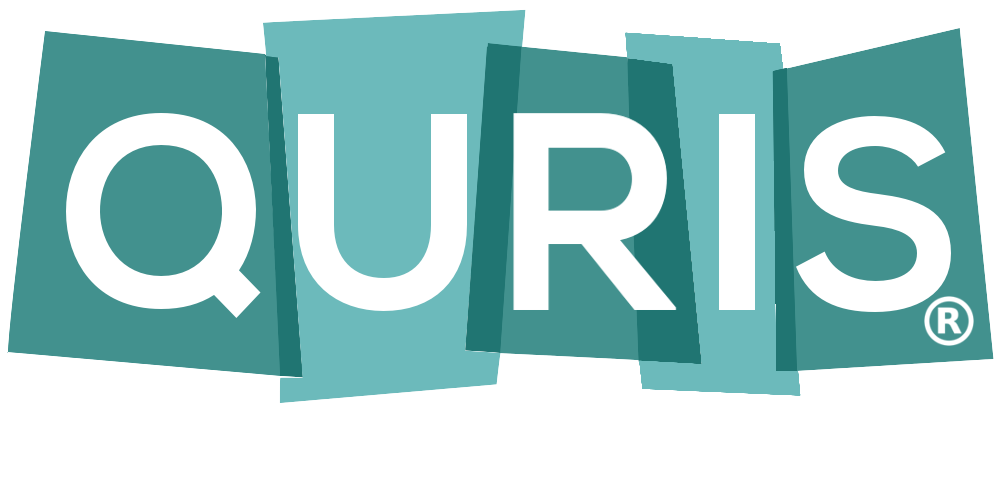Sedative and analgesic medications are commonly needed and used in the performance of diagnostic and therapeutic procedures, which can be anxiety producing, uncomfortable, painful, or pose an increased risk for injury with movement without such medication.
This policy outlines the requirements for the administration of deep sedation for diagnostic, therapeutic and minor surgical procedures and defines qualifications for non-anesthesia providers who are involved in the administration of deep sedation. This document applies only to the care of patients undergoing procedural sedation, and it may not be construed as privileges to intentionally administer general anesthesia. Unrestricted general anesthesia shall only be administered by anesthesia professionals within their scope of practice.
- Inclusion Criteria
- These guidelines apply to any patient, adult or pediatric, given any sedative or analgesic medication with the intent of achieving deep level of sedation to facilitate a diagnostic, therapeutic or surgical procedure at the Michigan Medicine hospitals and facilities.
- Exclusion Criteria
- Administration of oral pre-medications or medications given for pain, anxiety, or sleep when not associated with a diagnostic or therapeutic procedure;
- Patients who receive continuous IV sedation per protocol to manage conditions requiring mechanical ventilation (e.g., primary lung disease or injury, postsurgical intervention, etc.)
- Administration of sedative or anesthetic agents for emergent airway management or patients who are receiving sedation for the purpose of intubation not associated with a diagnostic or therapeutic procedure.


